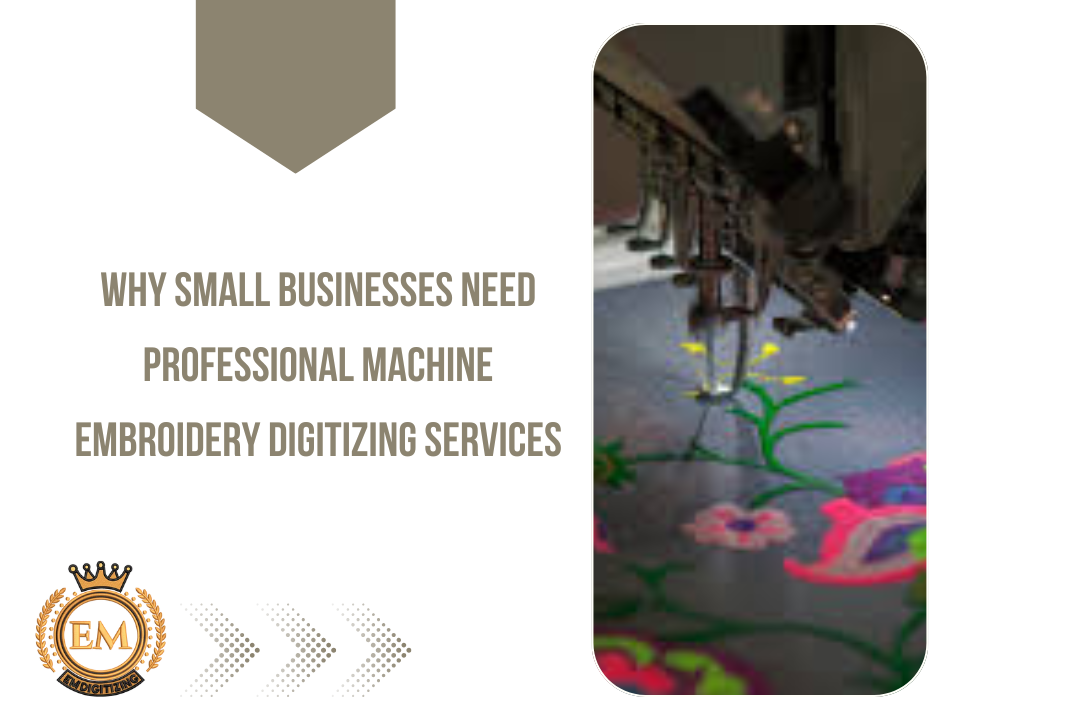The One Thing Most Teams Miss When Building Their IAM Strategy

Strong 8k brings an ultra-HD IPTV experience to your living room and your pocket.
You can have the most sophisticated identity stack in the world, but if your users keep finding ways around it, it’s not working.
Access management isn’t just a checklist for IT anymore—it’s a trust system. And for many companies, it’s a broken one.
Let’s break this down.
Too Many Tools, Too Little Control
A new joiner gets added to Google Workspace, then to Slack, then to your product dashboard. Someone from finance needs access to HR software, so someone creates a temporary admin account. A dev leaves the company but somehow still has access to your GitHub six months later.
Sound familiar?
This isn’t bad IAM practice—it’s what happens when identity becomes everyone’s job but no one’s responsibility.
IAM Isn’t About Gatekeeping. It’s About Experience.
Most teams approach IAM like a lock on a door. The tighter it is, the better. But in reality, IAM should feel more like an airport security check that knows who you are, where you’re going, and what you’re allowed to carry.
It should be adaptive. Predictive. A little invisible.
Every unnecessary login prompt, denied access request, or delayed account setup chips away at employee trust and productivity.
What Makes IAM Actually Work in 2025
Let’s talk about what’s working—what the best IAM strategies actually include today:
✅ Identity Isn’t Just a Username
It's the device they’re using, the location they’re in, the time of day, and the sensitivity of what they’re accessing.
✅ Access Isn’t Static
Just because someone got access last week doesn’t mean they need it today. Context matters. And so does revoking unused permissions.
✅ Zero Trust Is the Baseline
We’ve moved on from "trust but verify." Today’s IAM systems assume breach and validate every access attempt in real time.
✅ Device Posture Is Part of the Equation
It’s not just who is logging in—but what they’re logging in from. Personal laptops. Phones. Tablets. Shared kiosks. If IAM doesn’t check device hygiene, it’s incomplete.
The Secrets Most Teams Overlook
Let’s call these out, because these are the gaps that bite later.
- Onboarding is a mess
Most teams still take hours (or days) to give new hires access to tools. That’s not just bad UX—it’s expensive.
- Offboarding is worse
Orphaned accounts are a top insider threat. And yet, too many systems don’t deprovision automatically when an employee exits.
- BYOD is ignored
With remote and hybrid work, personal devices are everywhere. If your IAM setup doesn’t address them, it’s not future-ready.
- Secrets management? What’s that?
Many IAM strategies completely miss credential vaulting, API key governance, or shared account oversight.
What IAM Should Actually Feel Like
Here’s what great IAM feels like from the user’s side:
“I log in once, and everything I need is right there. My work apps load, my permissions are accurate, and I don’t even think about security—because it just works.”
And from the IT side:
“I can see every login. Every device. Every policy. If something’s off, I get alerted. If someone leaves, their access is gone instantly.”
That’s not fantasy. That’s just intentional IAM.
What to Look for in a Modern IAM Platform
If you’re rethinking IAM—or just trying to fix what’s broken—here’s your short list:
- Unified Identity + Device Management
So your access policies reflect actual risk—not assumptions.
- Real-Time Access Control
Not batch updates. Not nightly syncs. Access logic that adapts live.
- Smart BYOD Handling
You should be able to let people use their devices without compromising control.
- Zero Trust Logic Built In
Conditional access based on user behavior, device state, and network context.
- User-Friendly Login
Passwordless, biometric, SSO—whatever makes security invisible and adoption skyrocket.
IAM Isn’t a Product. It’s a Philosophy.
And when it’s done right, it makes everything else better—security, productivity, compliance, even onboarding.
The mistake many teams make? Thinking it’s just a technical implementation. But IAM is actually a human decision-making framework. Who gets access, when, and how? That’s a business question, not just an IT one.
When IAM Clicks, Everything Clicks
If you’re still stringing together identity policies with spreadsheets and reminders, you’re not alone.
But there’s a better way—one where your IAM system doesn’t just keep the bad guys out. It lets your people in, quickly, safely, and with just the right level of trust.
If you’re exploring solutions that bring together identity, device posture, Zero Trust logic, and SSO into a clean, scalable framework, platforms like Scalefusion’s OneIdP are worth a look.
Because strong security and seamless access shouldn’t be mutually exclusive
Note: IndiBlogHub features both user-submitted and editorial content. We do not verify third-party contributions. Read our Disclaimer and Privacy Policyfor details.







